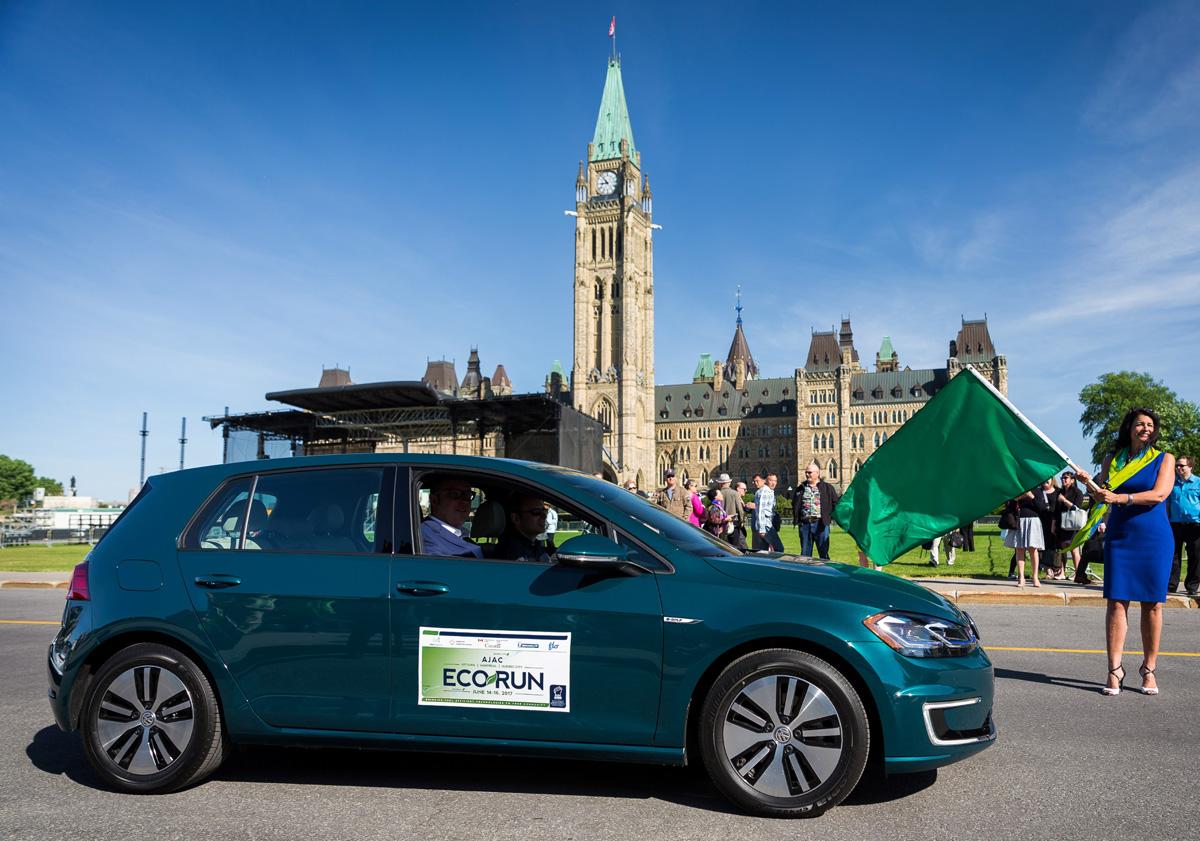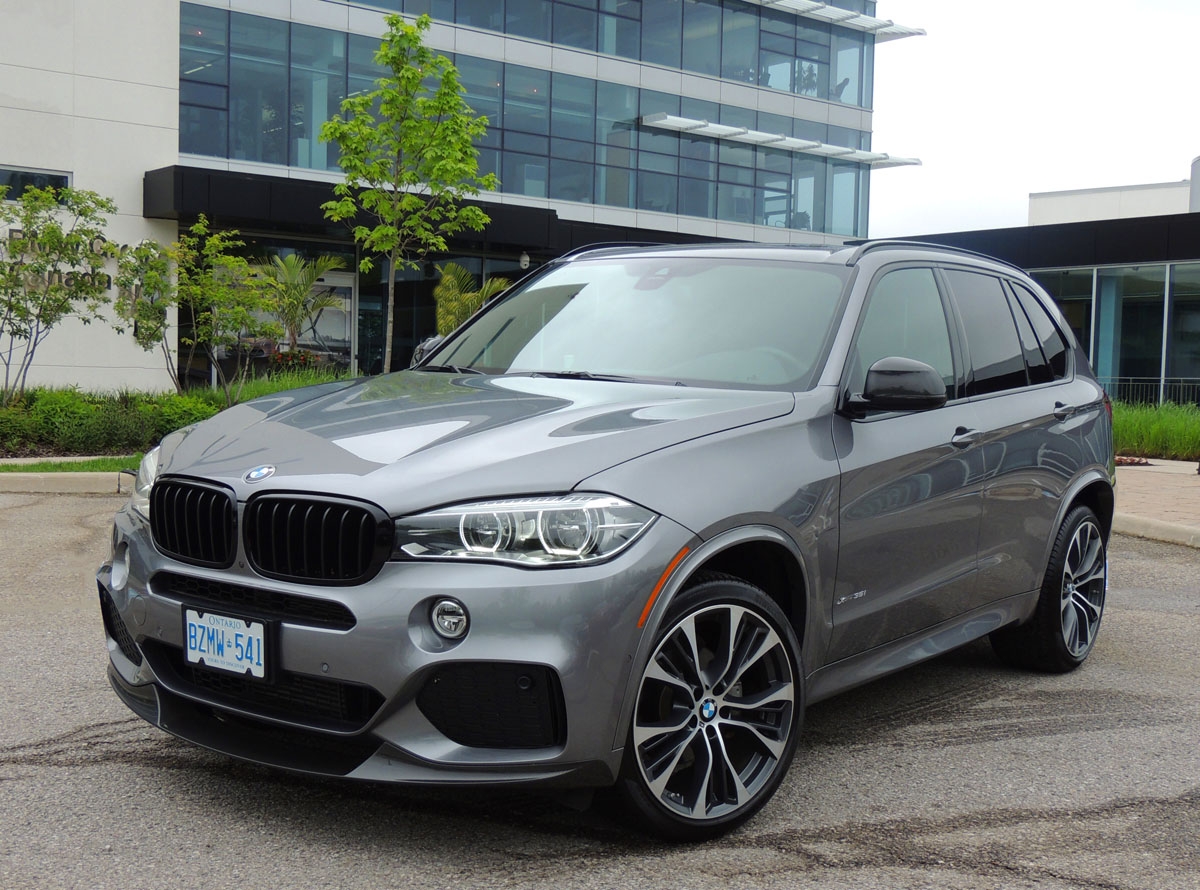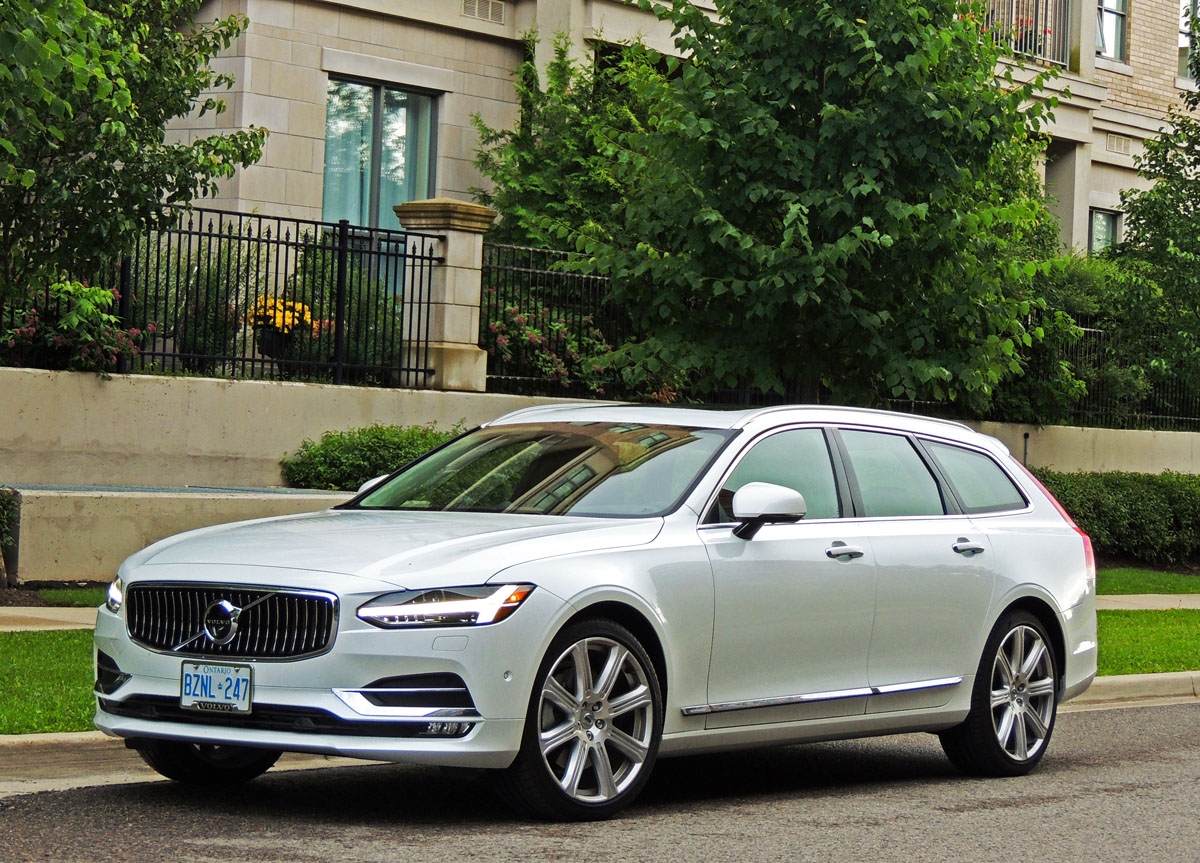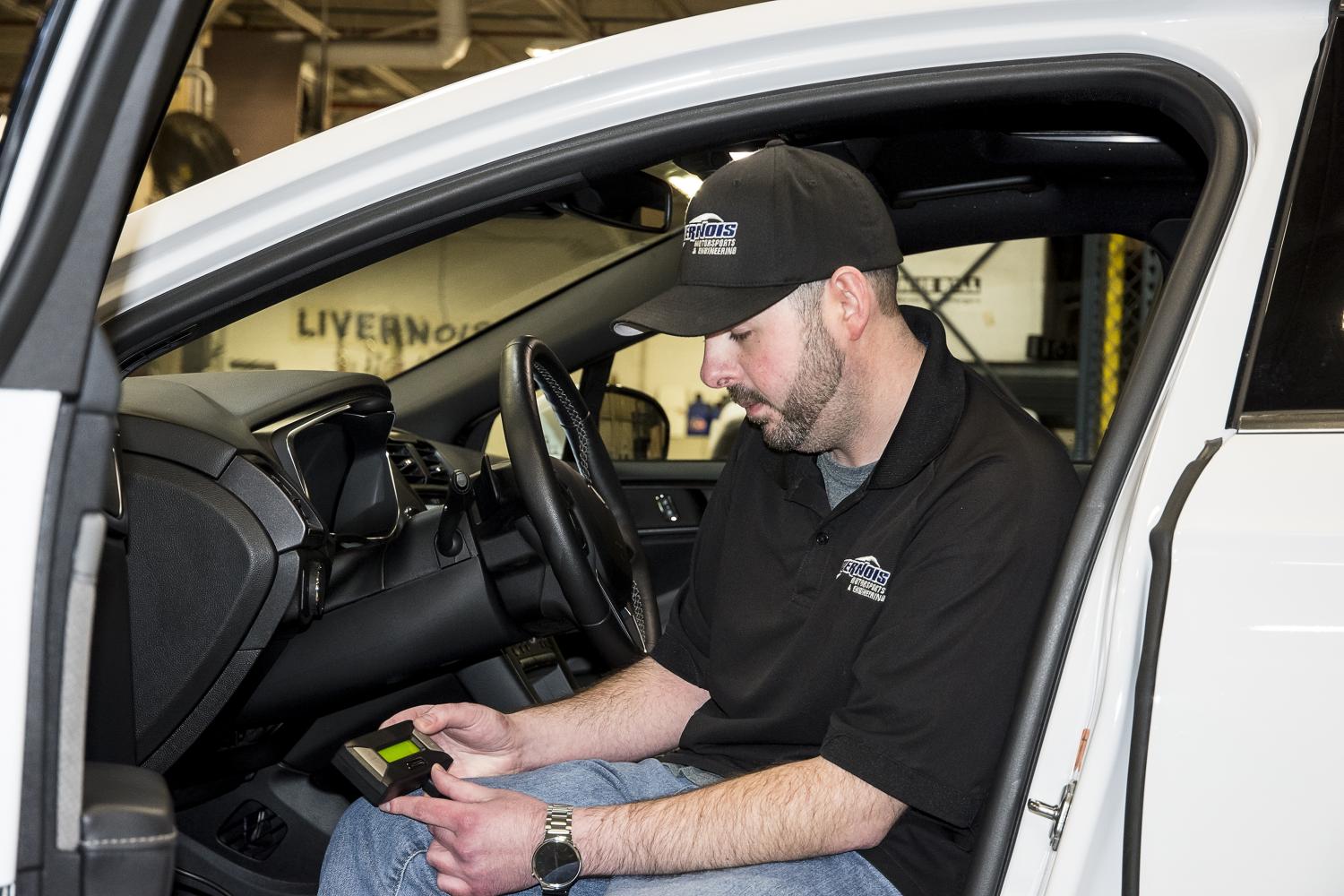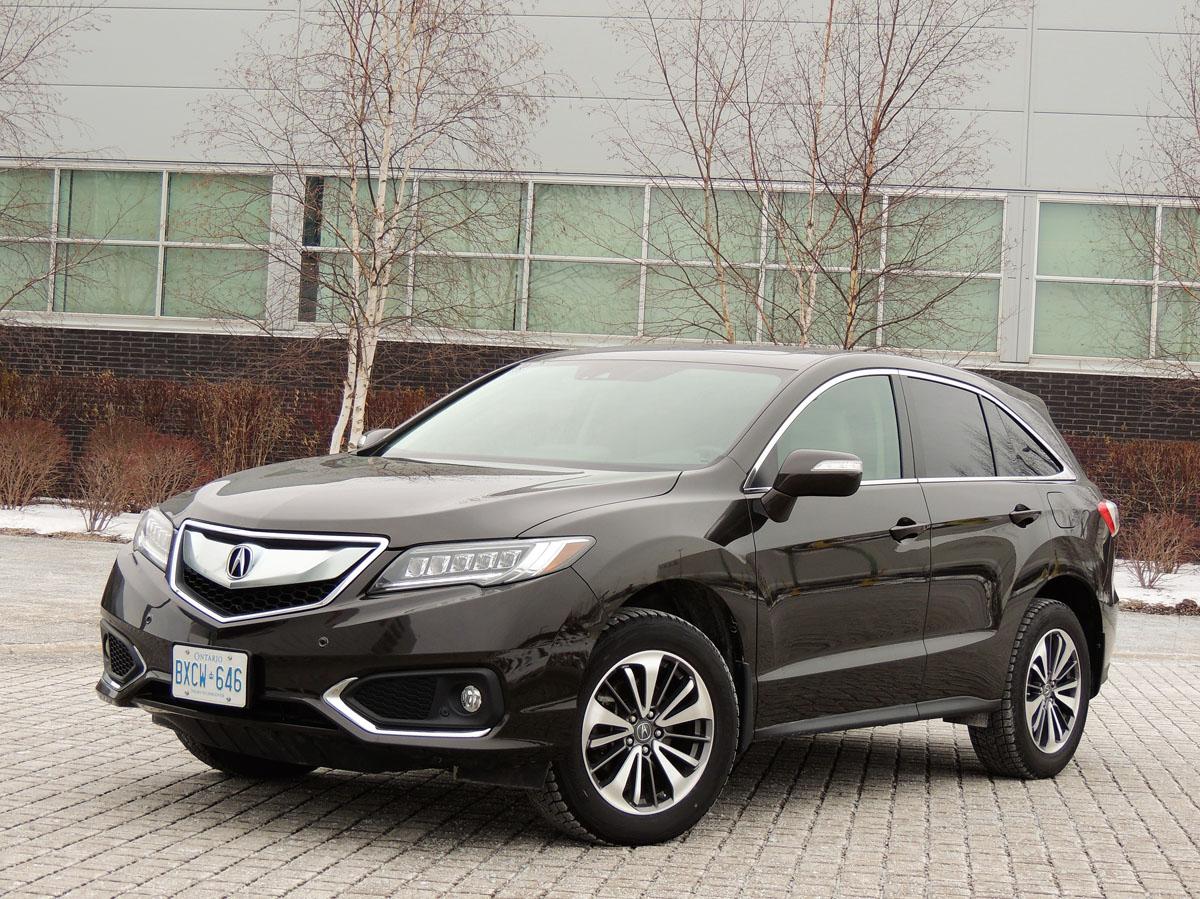
Acura RDX Scores High Marks for Practicality and Performance
Photos by Neil Moore

Compact crossovers continue to be hot sellers in Canada – including those aimed at the well-heeled.
Like Acura RDX.
It launched in 2006 as a 2007 model, looking like a rebadged and more polished Honda CR-V, which shares the same platform. I don’t say this as a knock, as the CR-V was and continues to be one of the best in its segment.
Nonetheless, RDX needed its own premium identity, and endured a 2009 facelift where it adopted Acura’s signature plenum grille.
I say “endured” as this particular styling tweak was polarizing, if not jarring.
I often referred to it as the aluminum beak, while some drew comparisons with a can opener and even Darth Vader’s helmet. In any case, it was a minor blemish on an otherwise stellar vehicle – and has thankfully been toned down over the years.
RDX began looking more sophisticated with its second generation in 2013. More so in 2016 when it received a restyled front and rear fascia that included “Jewel Eye” LED headlights and a new three-dimensional grille, along with light-pipe LED taillights.
My tester was the fully-dressed Elite model, which tops the RDX three-model lineup at $46,790.
But you needn’t spend that large to get a well equipped ride with the mid-trim “Tech” at $45,190 and base unit starting at $42,190. The latter of which gets a five-inch colour display, seven-speaker 360-watt audio system, dual-zone climate control, multi-angle rearview camera, smart key with pushbutton start, and tilt/telescopic steering wheel with audio and cruise controls.
It also comes with heated and eight-way power adjustable front seats (with memory for the driver), power tailgate and moonroof.
And no shortage of driver aids and safety nannies. Adaptive cruise control, forward collision warning with collision mitigation braking, lane departure warning and lane keeping assist are all standard.
A cool feature on Tech models is the bi-directional key fob. When you lock, unlock, open the tailgate or start the engine remotely, a green LED lets you know the message was received. Today’s clean and quiet engines offer few clues they’re actually running, so it was nice to be assured that on one particularly frigid morning I wouldn’t be climbing into a vehicle as cold as deep space.
The $3K Tech upgrade also adds perforated leather seating, now heated in rear, navigation, upgraded 410-watt audio, dual-screen infotainment with eight-inch colour display, and more safety tech like blind-spot information with rear cross traffic monitoring.
Elite models get unique 18-inch machined alloys, front and rear parking sensors, auto-dimming mirrors, and on the inside, ventilated front seats.
The first generation RDX was powered by a robust 2.3-litre turbocharged four cylinder that produced 240 hp and 260 lb/ft of torque. It was a capable engine, and stood out at a time when most premium SUVs and crossovers were still powered by V6 engines.
Fast forward to 2013, and RDX once again defied industry trends. With competitors now shunning sixes in favour of turbo fours, RDX added two cylinders with the company’s proven 3.5-litre i-VTEC V6 that delivered 273 hp and 251 lb/ft of torque. This was bumped to 279 and 252 in 2016.

It may not seem a huge boost in power, but the 3.5-litre is stronger through the mid range – most noticeably in “sport” mode where it shifts crisply and holds each of its six-gears longer to fully tap its broader torque curve. Add in a reasonably quick throttle response, and the RDX responds as willingly as many sport sedans.
And even though RDX is taller than these, its MacPherson strut front and multi-link rear suspension (with Amplitude Reactive Dampers) locks down body roll to make it a surprisingly good corner carver. This is aided by an intelligent all-wheel-drive system that sends up to 40 percent of torque to the rear wheels.
As good as I found the RDX driving dynamics, I was no less impressed with its passenger cabin. It feels like a mid-size inside, with wide, comfortable seating – particularly in back where passengers are treated to loads of head and leg room, along with heated seats in mid-trim and above.
The rear cargo hold is a generous 739 litres (still smaller than its Honda sibling), but rear seats fold flat for a cavernous 2,178 litres – just a tick above the CR-V.
The cabin itself is well appointed, with plenty of soft touch surfaces, and in my vehicle, perforated leather. The dual-screen setup on the centre stack may initially be confusing, but makes sense once you spend some time with the infotainment. It does a few neat tricks.
For example, through Siri, you can read and respond to incoming texts and emails. Yeah, I can detect some rolling of the eyes, but it’s better than having motorists continue to tap out messages on their smart phones. Siri also allows you to get turn-by-turn navigation, again with your hands on the wheel.
Bottom line, RDX is easy to live with. It has the family-friendliness that brings so many buyers to this segment, along with the look, feel – and performance – you would expect from a premium nameplate.

SNAPSHOT: 2017 Acura RDX
BODY STYLE: compact crossover
ENGINE: 3.5-litre direct-injected i-VTEC V6 with variable cylinder management (279 hp and 252 lb/ft of torque)
TRANSMISSION: six-speed automatic with paddle shifters, intelligent all-wheel-drive
FUEL ECONOMY: 12.4/8.6/10.7 litres/100 km
CARGO: 739 litres, 2,178 litres with second row folded
TOWING: 1,500 lbs (680 kg)
PRICING: base $42,190, Tech $45,190, Elite $46,790. Prices do not include freight, PDI, taxes – see website for details and offers.
WEBSITE: acura.ca

